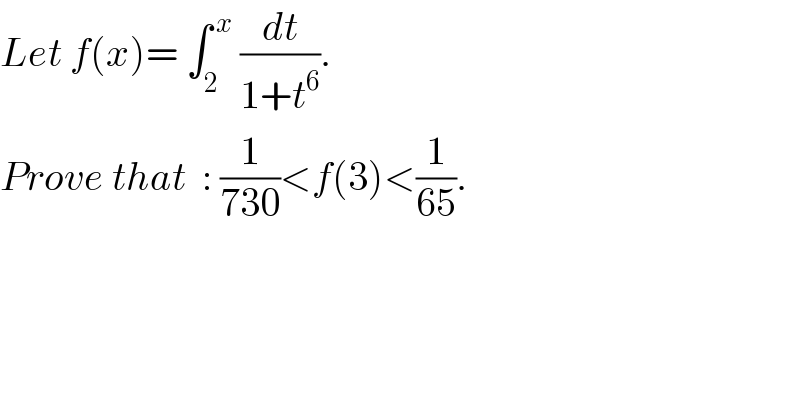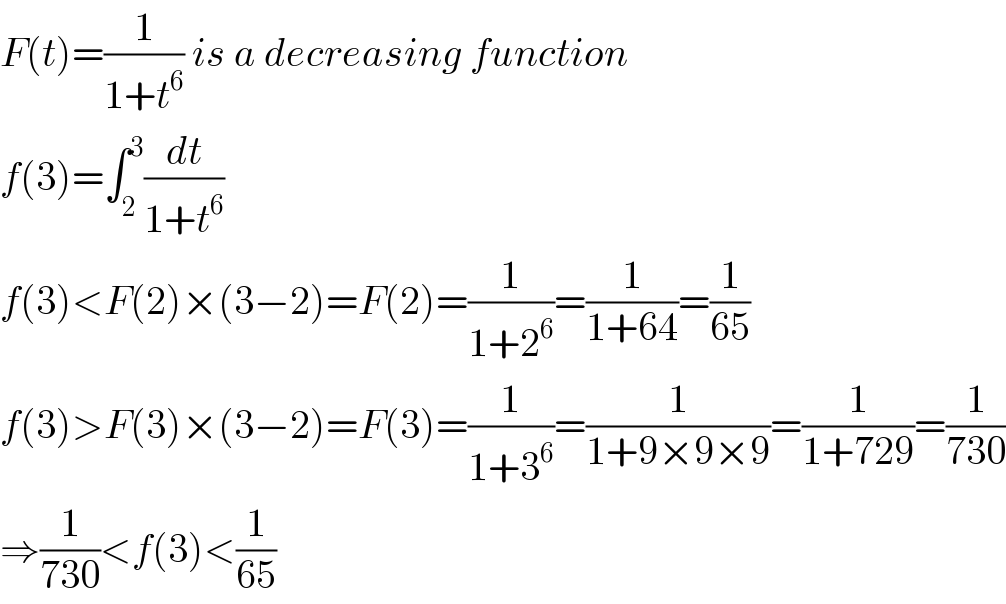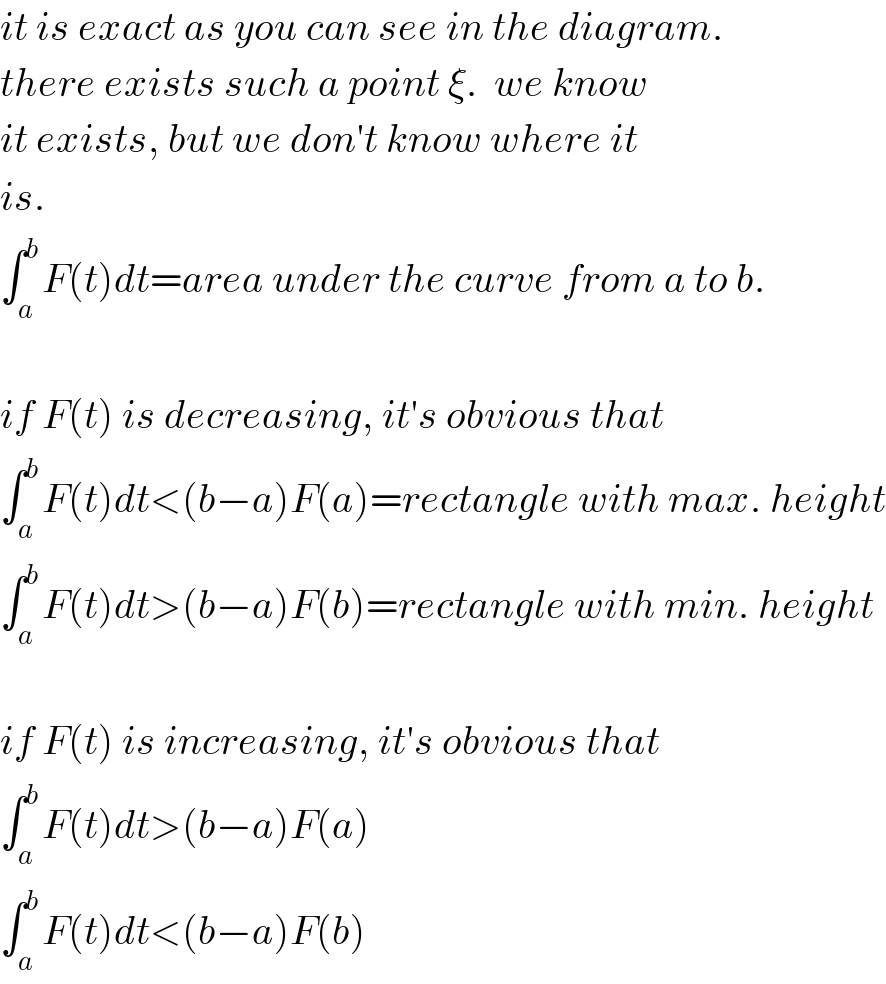
Question and Answers Forum
Question Number 50186 by rahul 19 last updated on 14/Dec/18

Answered by mr W last updated on 16/Dec/18

Commented bymr W last updated on 14/Dec/18

Commented bymr W last updated on 15/Dec/18

Commented byrahul 19 last updated on 15/Dec/18

Commented byrahul 19 last updated on 15/Dec/18
Perfect explaination!��
